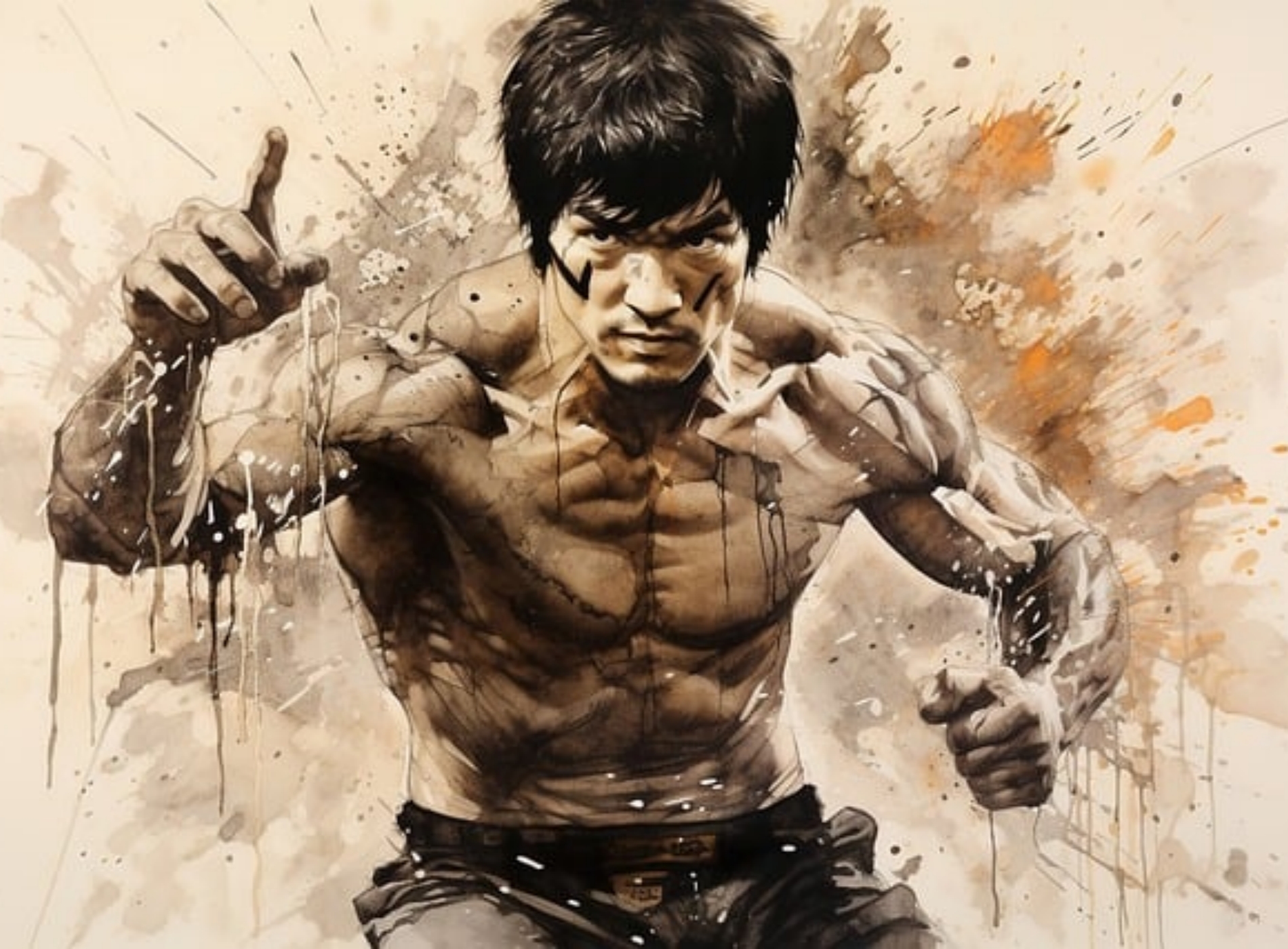Chinese KungFu Culture
1. An Introduction to Chinese Kung Fu
Chinese Kung Fu, a form of martial arts with a long history, not only carries a thousand years of history and cultural heritage, but also combines the essence of Confucianism, Buddhism and Taoism with the mysteries of modern human science. It is profound and diverse, covering a wide range of weapons and techniques such as boxing, swords, knives, guns, sticks, etc. Each school has its own unique characteristics, such as the softness of taijiquan, the dexterity and versatility of nanquan, and the strength and power of shaolinquan. It emphasizes both internal and external training, and through repeated training not only improves physical fitness, but also develops one's will quality and spiritual strength. During practice, Kung Fu enthusiasts pursue the natural posture of the body and the coordination between its parts, striving to achieve a balance of practicality, beauty and health.
In addition, Chinese Kung Fu also contains deep cultural connotations and philosophical ideas. The "mutual growth of reality and emptiness" in Taijiquan and the pursuit of the "state of mind" in Xingyiquan all reflect the wisdom of Chinese philosophy, which is "to overcome strength with softness" and "to be adaptable to change". "These philosophical ideas not only permeate the philosophy of Kung Fu, but also its practice. These philosophical ideas not only permeate every movement of Kung Fu, but also deeply influence the way of thinking and behavior of Chinese people.
Nowadays, Chinese Kung Fu has gone global and become a bridge connecting different cultures and nationalities. Whether in international martial arts competitions or on movie screens, Chinese Kung Fu has won the attention and love of the world with its unique charm and profound heritage.
2. Kinds of Chinese Kung Fu
● Shaolin Kung Fu
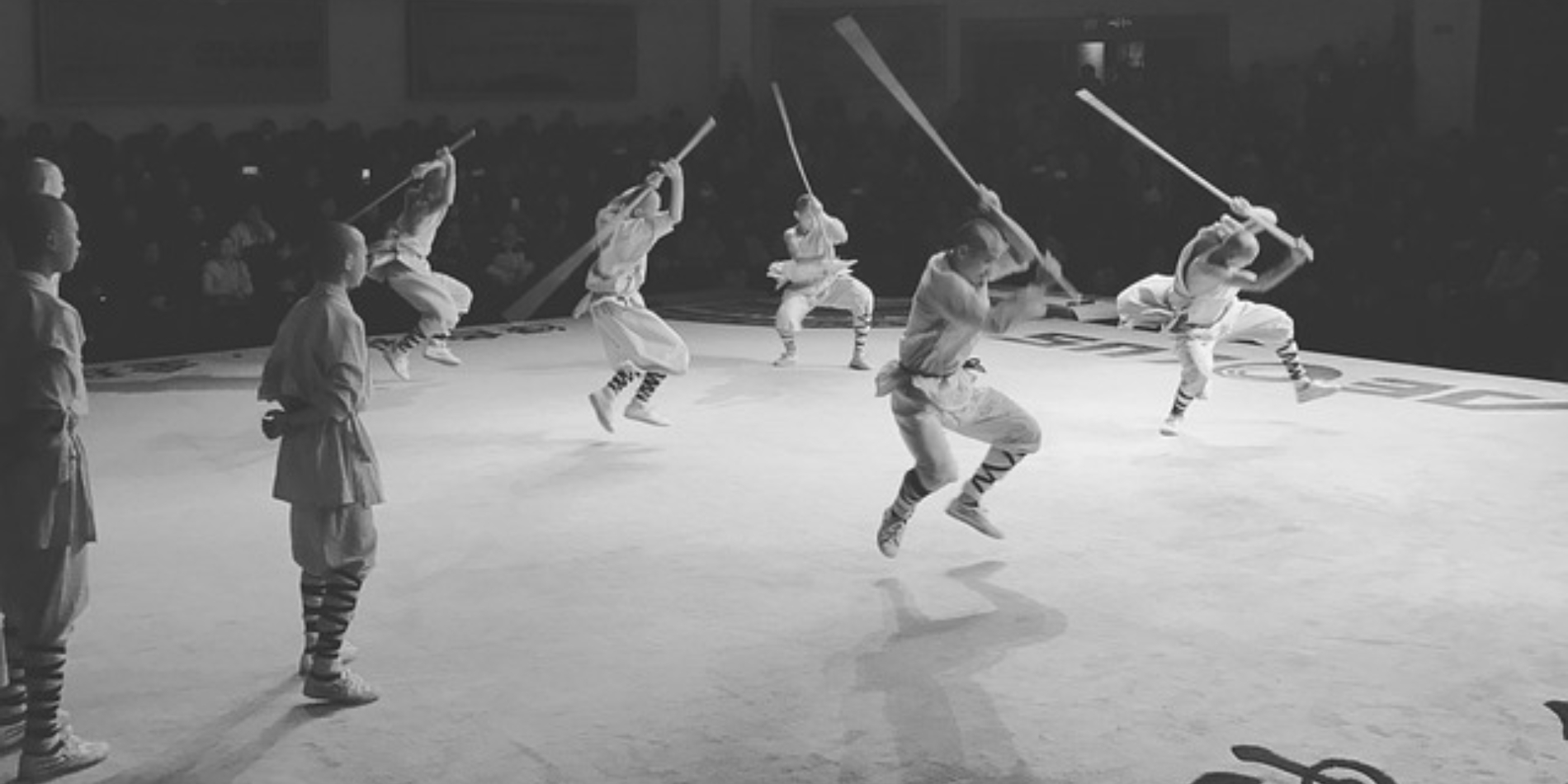
Shaolin Kung Fu, originating from the
Shaolin Temple in Songshan, Henan Province, China, is one of the
treasures of Chinese Wushu, which has been inherited and developed for
thousands of years, blending the essence of Buddhist meditation and
Wushu techniques. It is known for its strength and simplicity, and it
emphasizes both internal and external training, focusing not only on the
mastery of punching and kicking, but also on the overall improvement of
physical, mental, and moral cultivation.
There are many
Shaolin Kung Fu styles, including Shaolin Long Fist, Shaolin Baton
Technique, Shaolin Sword Technique, etc., each of which contains a
profound philosophy of attack and defense. Its unique training methods,
such as standing stakes and playing basic skills, are designed to
cultivate a solid foundation and a resilient will in martial arts
practitioners.
● Taijiquan(Tai Chi)
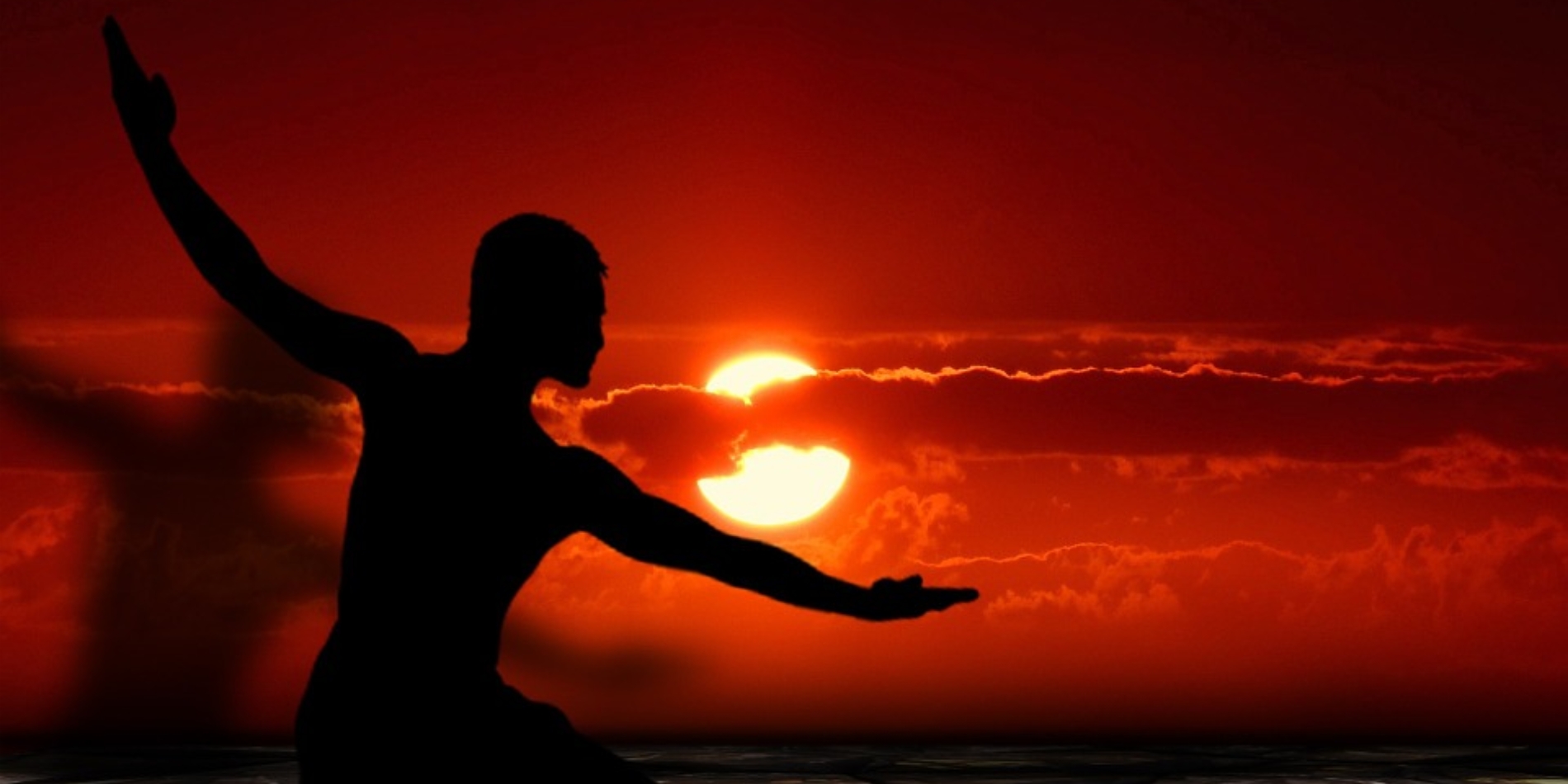
Taijiquan(Tai Chi), as a treasure of traditional Chinese martial arts, takes the Taiji and Yin-Yang dialectical concepts of Confucianism and Taoism as its core, and integrates the meridian science of traditional Chinese medicine, the ancient guiding art and the art of vomiting, to form a boxing art that is both internal and external, rigid and flexible.
It moves softly and slowly, focusing on the coordination of bodywork, footwork and maneuvers, as well as the close combination of breathing and movement. Taijiquan not only has the effect of strengthening the body, but also regulates the body and mind and improves the temperament, which is an important part of Chinese culture. In recent years, Taijiquan has been inscribed on the Representative List of the Intangible Cultural Heritage of Humanity by UNESCO, and has become an important carrier for the international dissemination of Chinese culture.
● Wing Chun
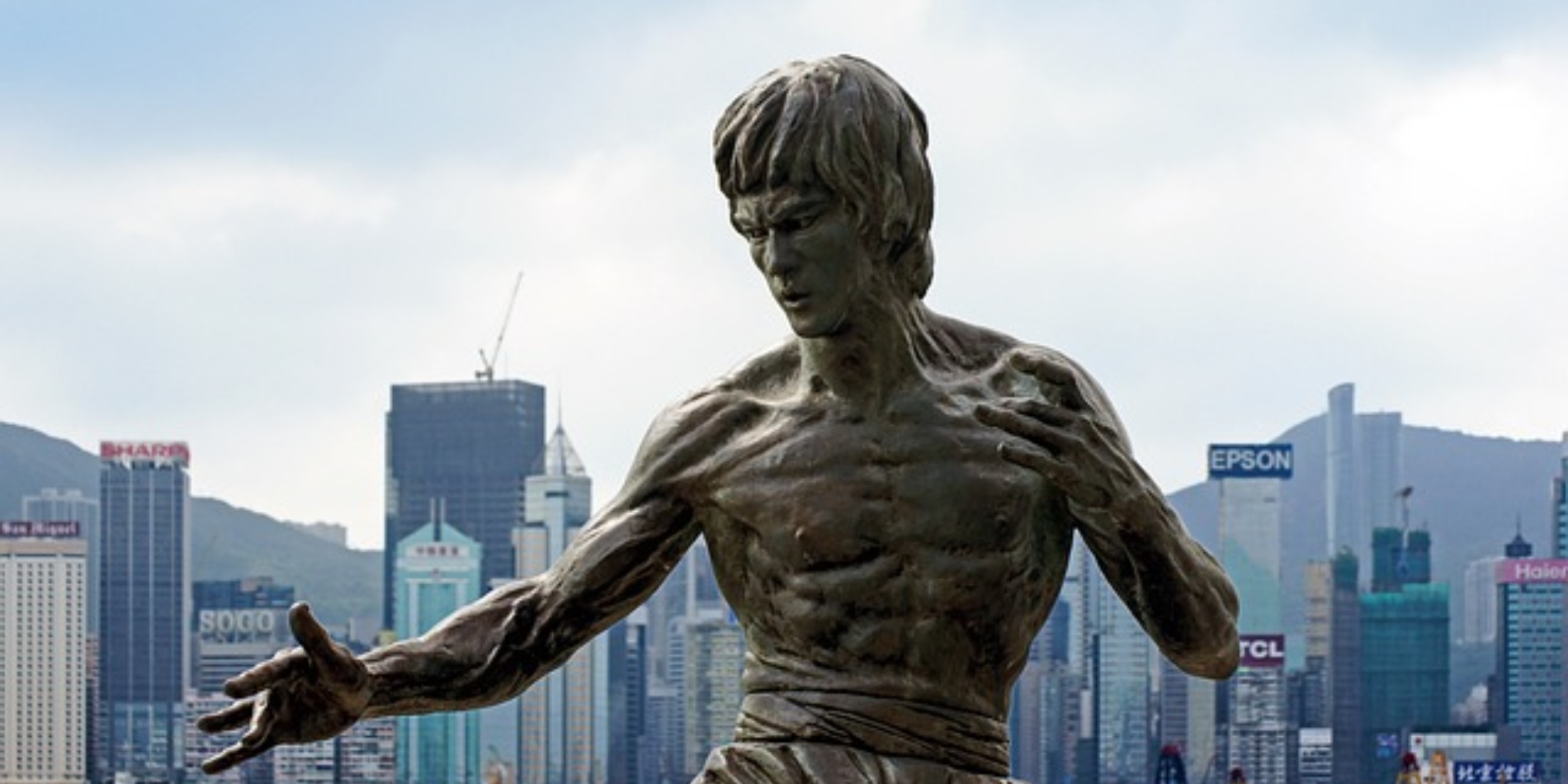
Wing Chun, originating from the Southern School of Chinese Martial Arts, is famous for its unique "inch strength" power and close-quarter short-strike techniques. It emphasizes the use of softness to counteract hardness, avoiding the real and striking the virtual, and achieving the effect of defeating the enemy through fast and flexible hands and strict defense and counterattack strategies. Wing Chun's stances are simple and practical, focusing on practical application, and its theory is profound, containing a wealth of philosophical ideas, such as the "center line theory" and "yin and yang theory", and the pursuit of the optimal balance of power and speed in actual combat.
In addition, Wing Chun also emphasizes both internal and external training, through the practice of which not only can improve physical fitness, but also cultivate the psychological qualities of calmness, boldness, flexibility and adaptability. Nowadays, Wing Chun has been widely spread around the world, and has become the object of study and research for many martial arts enthusiasts.
● Bagua Palm
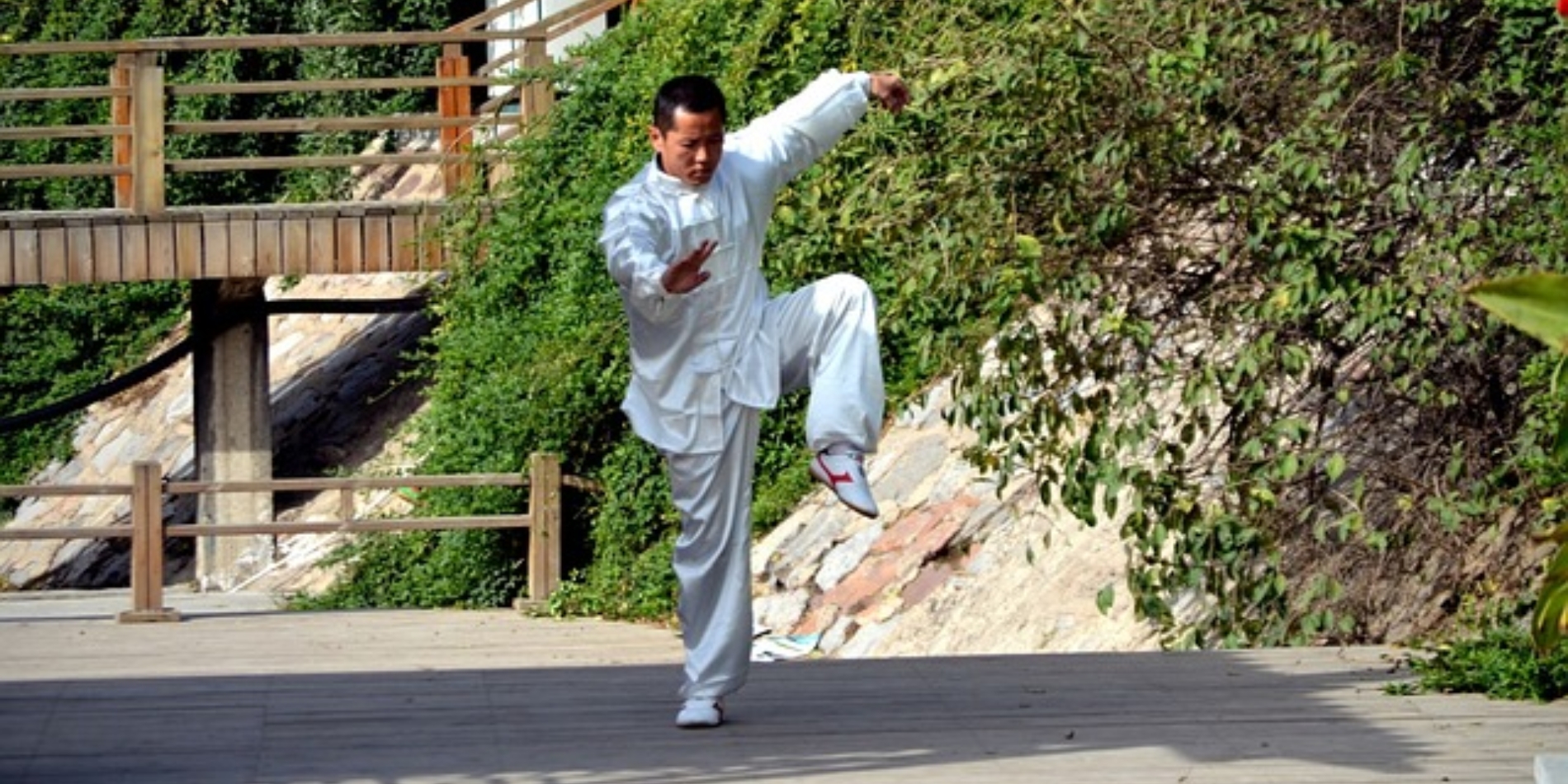
Bagua Palm, also known as Bagua Lianhuanzhang, is one of the most famous traditional Chinese martial arts styles, which is widely spread and loved by martial arts enthusiasts. It originated in the late Qing Dynasty and was created by Dong Haichuan, a native of Wen'an, Langfang City, Hebei Province, combining the essence of Taoist training with martial arts techniques. Bagua Palm is mainly characterized by palm changes and walking steps, with the body as flexible as a swimming dragon, the steps as continuous as flowing water, and the palms as varied and powerful. Its movement characteristics include a walk, two vision, three sitting, four flip, emphasizing both internal and external cultivation, not only has the effect of physical fitness, but also to develop offensive and defensive combat skills.
The Bagua Palm's techniques are based on actual combat, and at the same time contain deep cultural connotations and moral concepts, making it an important part of Chinese martial arts culture. Nowadays, Bagua Palm has been listed as a national intangible cultural heritage, and its influence and value have been widely recognized.
Contact us via WeChat
for any inquiry
Scan ChinaTravel QR Code
Price is based on a 2-person tour with 4-star hotels in low season.
from US $ p/p
Need Help?
Request a custom itinerary today and get one step closer to your personalized trip

